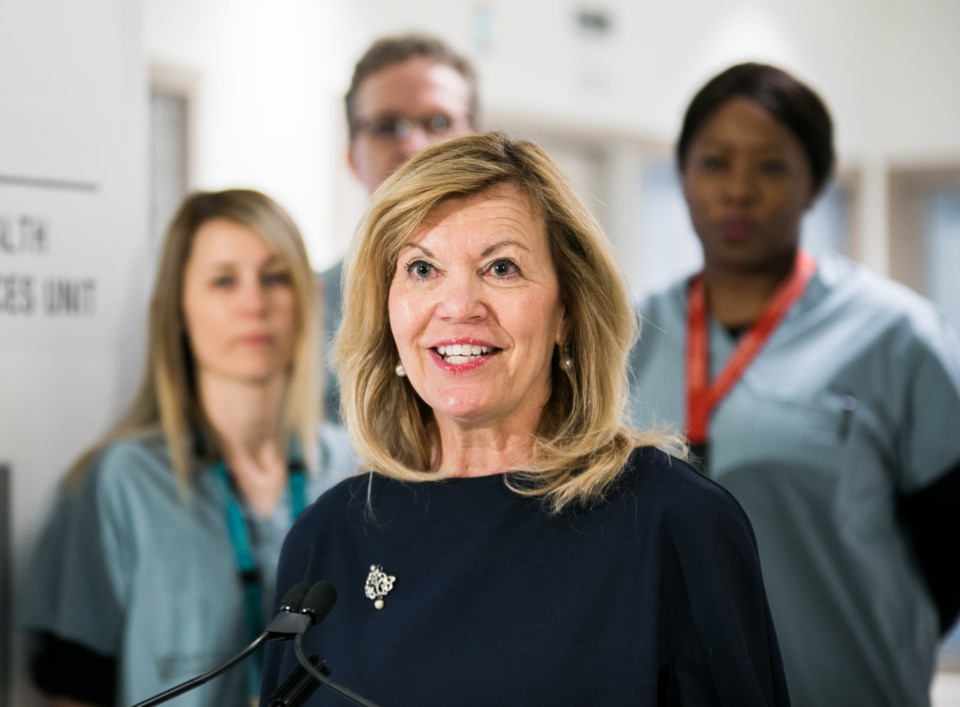Obviously stroke survivors were not involved in setting goals for this. You get crapola like 'care' RATHER THAN RESULTS AND RECOVERY. Unless YOU get involved with this and demand 100% recovery, nothing will occur.
Ontario invests in new post-stroke rehab

Ontario is putting more money into the provincial health system to address the needs of stroke patients. It was announced April 14 the province is spending up to $5 million to create a new, comprehensive community post-stroke rehabilitation program.
The Ministry of Health said the initial investment will be followed by continuing investments in the future "to ensure that all Ontarians have access to high-quality post-stroke care in their community once they leave a hospital.”
Health minister Christine Elliott said the spending means Ontario is working towards a stronger and more resilient health care system so that more patients can focus on getting better.
“This investment is a critical step towards providing better rehabilitation care for those who suffered a stroke and ensuring equitable access to the high-quality care they need in their community," Elliott said.
Currently, access to post-stroke therapies varies across the province, said the health ministry. Patients are often left to coordinate their own care, said the ministry.
"A provincewide community post-stroke rehabilitation program would ensure consistent access to these important therapies for all adults regardless of their age or where they live. This is especially important for younger adults who often require comprehensive post-stroke rehabilitation care to address challenges such as returning to work and driving," said a ministry statement.
There are more than 25,000 Ontarians who experience a stroke every year and more than 300,000 currently live with the consequences of stroke, said the ministry. Most stroke patients require intensive rehabilitation services such as physiotherapy, speech and language therapy and occupational therapy. These therapies can significantly reduce a patient’s risk of further hospitalization and increase their level of independence and improve their outcomes, allowing them to achieve the best possible quality of life.
As part of the first steps in developing a rehab program, Ontario Health is being asked to assess the current state of community stroke rehabilitation services and map access points to these services.
This should help identify immediate opportunities to improve access to co-ordinated post-stroke care by leveraging existing resources developed in collaboration with sector partners.
In this first year, up to $1.6 million will be used to support patient services based on the results of Ontario Health’s initial needs assessment and help make community programs more accessible to Ontarians, while also building on best practices.
In Sudbury, stroke patients have access to the Northeastern Ontario Stroke Network which is operated in partnership with Health Sciences North.
More information on the NEO stroke network can be found on that group's webpage.
No comments:
Post a Comment